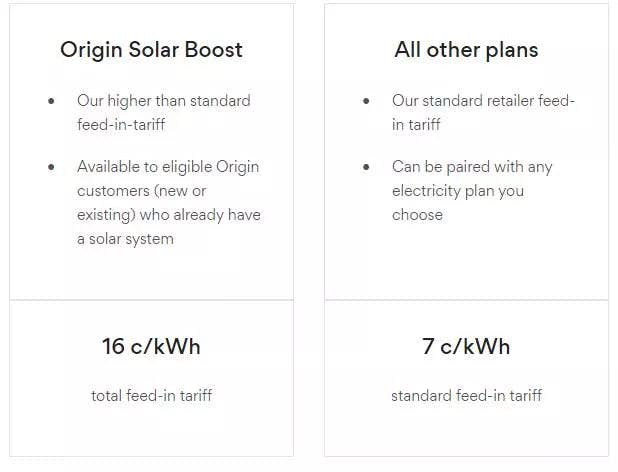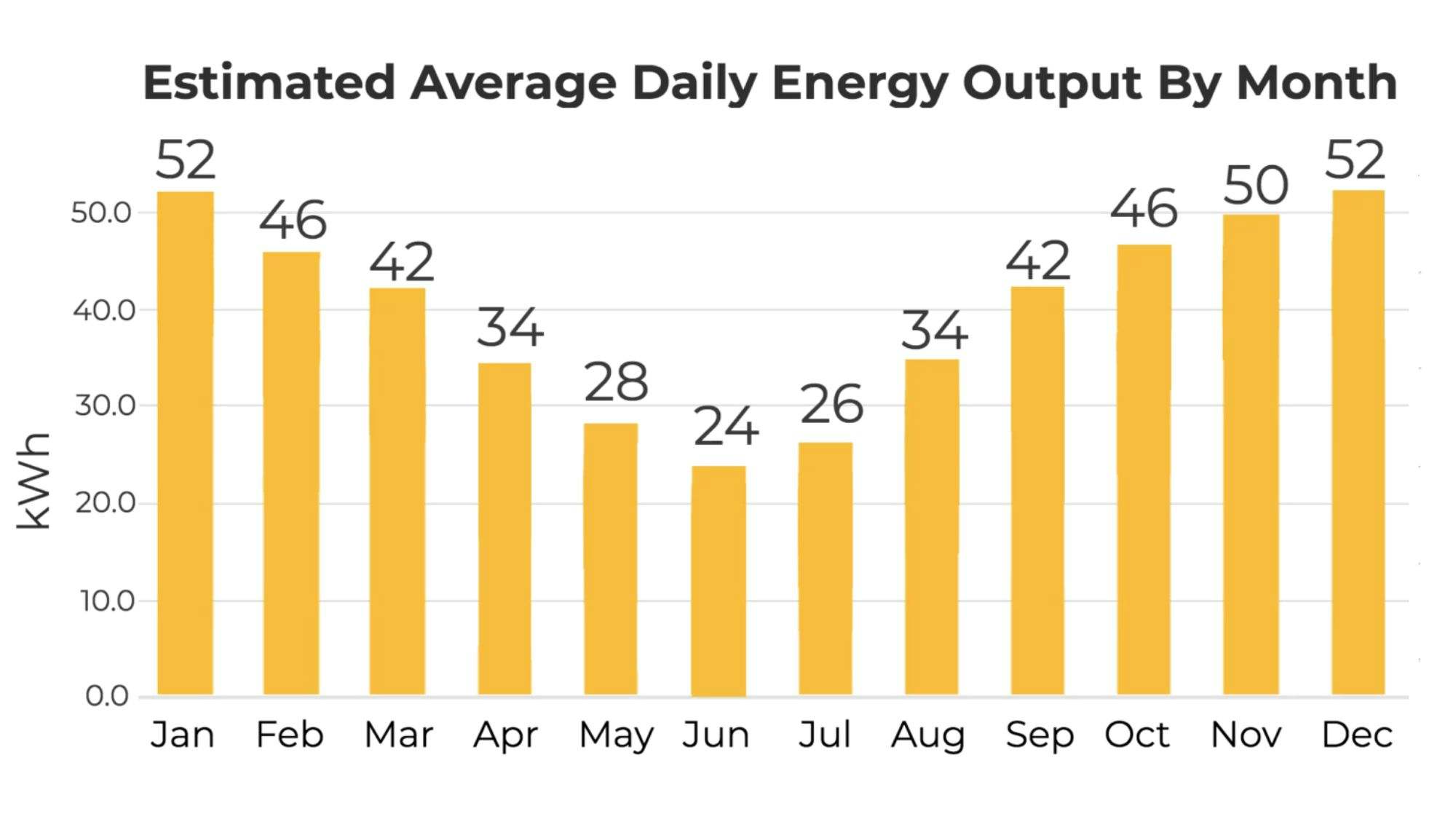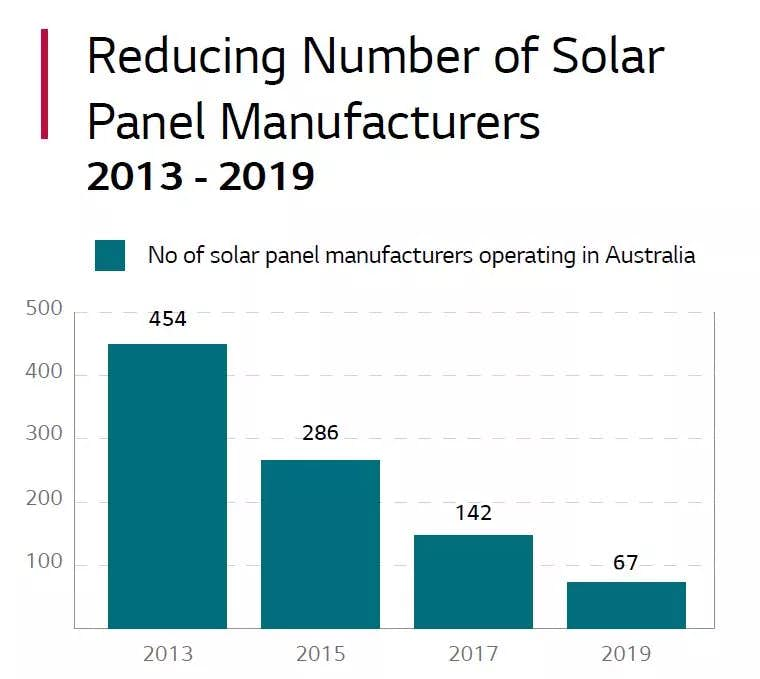Solar
Solar
Battery Storage
Battery Storage
Battery Storage
EV Charger
EV Charger
EV Charger
Heartbeat
Smart Energy Manager
Heartbeat
About Us
About Us
Learn
Featured Articles
Sizing Up A System
Finance & Rebates
Learn
Now servicing New South Wales, Victoria, Queensland and South Australia
Request Pricing
Firstly, and importantly, this information has been gathered from feedback from our customers, and from publicly available information from the main energy retailers. The strategy laid out below that eliminates your power bill may not be the best fit for your household. There may be better deals out there for you, or a smarter way to approach solar (which we can help you with when you are ready).
We’ve had so many customers comment on this offer from Origin we thought we better share it with you, so you can see how other households have installed solar and no longer pay a power bill.
The way people are approaching solar power is getting really interesting. The average system we are installing these days is around 8kW to 10kW, both with and without battery storage.
Some of the main reasons why so many people are installing larger systems include:
The price of solar panels is at a record-low (this also means most people are now choosing good quality panels, thankfully).
Most people will have an electric or hybrid car within the life of the solar system
Energy prices are some of the most expensive in the world, and yet they continue to increase
Battery storage has arrived
And… there are some really good feed-in tariffs available from the energy retailers at the moment
The larger energy retailers in Sydney such as Origin Energy and Energy Australia are currently offering a 16 cent feed-in tariff for households with an existing solar system.

It looks like you need to sign up to a 2-year contract to get the good feed-in tariff and there are some small fees here and there that you should double-check as well, such as a late payment fee of $12.
But let’s not get too deep into the numbers, as they will probably be a little different based on your postcode and individual circumstances.
What’s more important is to see how you can really take advantage of an offer like this to eliminate your power bills and get a really good return on the money you invest in solar.
Let’s get into the numbers:
A 10kW solar system in Sydney will output around 40kWh a day, on average, doing more in summer and less in winter:

You could plug your own numbers into this equation, but for now let’s assume you use around 20kWh a day during the daytime, which will mean on average you are only able to use 50% of the solar power as it is generated. Normally, this would mean you would install a smaller system, say a 5kW array or thereabouts.
Normally, a 10kW solar system outputting so much more power than you need would be considered overkill, because you should be using or storing as much solar power as possible as it is generated. But that was when feed-in tariffs were around 5-8 cents per kWh.
With such high feed-in tariffs now available, it makes good sense… dollars and cents.
Assuming 50% of your power is used in the home and your cost of power is 30 cents per kWh – you will save 30 cents x 20 kWh a day. Over the course of a year, that’s 7,300 kWh for a $2190 reduction on your power bill. Importantly, you won’t see this on your bill, it will just be $2190 less than what it would have been without solar.
The other 50% of the 40kWh produced by your solar system gets sent out to the grid because you didn’t use it, where you get an $1168 credit on your power bill per year based on that juicy feed-in tariff of 16 cents.
The total yearly benefit of a 10kW solar system using only half of the power is = $3358
Throw in rising power costs and 3% inflation and you are set to save up to and over $100,000 over the 25-year life of the system. Not bad!
This gives you a return on your money in just over 3-5 years based on a good quality $12,000-$16,000 solar system, which is why so many of our customers are upgrading to top of the range 1KOMMA5° panels and Enphase micro-inverters. In the long run, it makes good sense to pay a bit more for a 25-year warranty on the panels, increased safety, performance and reliability. This is especially true if you are planning to live in your house long-term.
A quick note on cheap solar
A 3-5 year return on your money with a top-quality system is also why wading into the murky waters of the cheaper end of the solar industry is no longer worth even considering – why risk it with a cheap system when you can get such a good return on your money with known brand names such as LG Solar and Enphase?
It doesn’t make sense to try and shorten your R.O.I. from 3.2 years to 2.5 years, knowing that around 1 in 5 solar systems are deemed defective by the CEC every year, and an incredible 1 in 3 systems across Australia are estimated to no longer have warranty support because the installer and/or the manufacturer have disappeared:

Right, back to the numbers.
Because we love round numbers, let’s assume you use 10kWh of power at night for a total of 30kWh a day.
This is a fairly typical day/night distribution because when you have solar power installed you tend to run your appliances as much as you can during the daytime, such as the dishwasher, washing machine, air conditioner etc. It’s free after all!
So based on the price you get charged you for power (in this example 30 cents a kWh) the 10 kWh at night cost you = $1095.
The daily supply charge adds up to $315 a year, which, just so you know, can be covered by 1.5kW of solar (86 cents a day can be paid for by sending 5.4kWh of power to the grid and getting paid 16 cents a kWh for it. 1.5kW of solar will output around 5.5kWh of power a day in Sydney).
This gives you a total yearly electricity cost of $1410 (night-time electricity usage of 10kWh + your daily supply charge).
From your $1410 bill, you then get the feed-in tariff reduction of $1168… leaving you with a quarterly power bill of only $60! Happy days
And you’ve only used half the solar power your system produces. You can do even better if you use more solar power as it is generated, say around 70-80%. This isn’t all that hard thanks to the advanced monitoring that comes with an Enphase system. You get both system monitoring and consumption monitoring so you can see how much of your energy usage is covered by your system at any one time.
No wonder so many of our customers are emailing us about how happy they are with their solar system.
This is only one strategy our customers are using to make the most of their solar system.
Just to give you more context, many of our customers actually prefer to go onto time-of-use tariffs where power during the afternoon is more expensive, but it is much cheaper overnight. They install panels both north and west to cover their power consumption right up to sunset, then use power during the off-peak billing period which might be from 10 pm to 7 am, as an example.
There’s more than one way to skin a power bill!
Our solar experts will help you find the right system for your home.

Get all the right information before installing a solar power system for your home.
